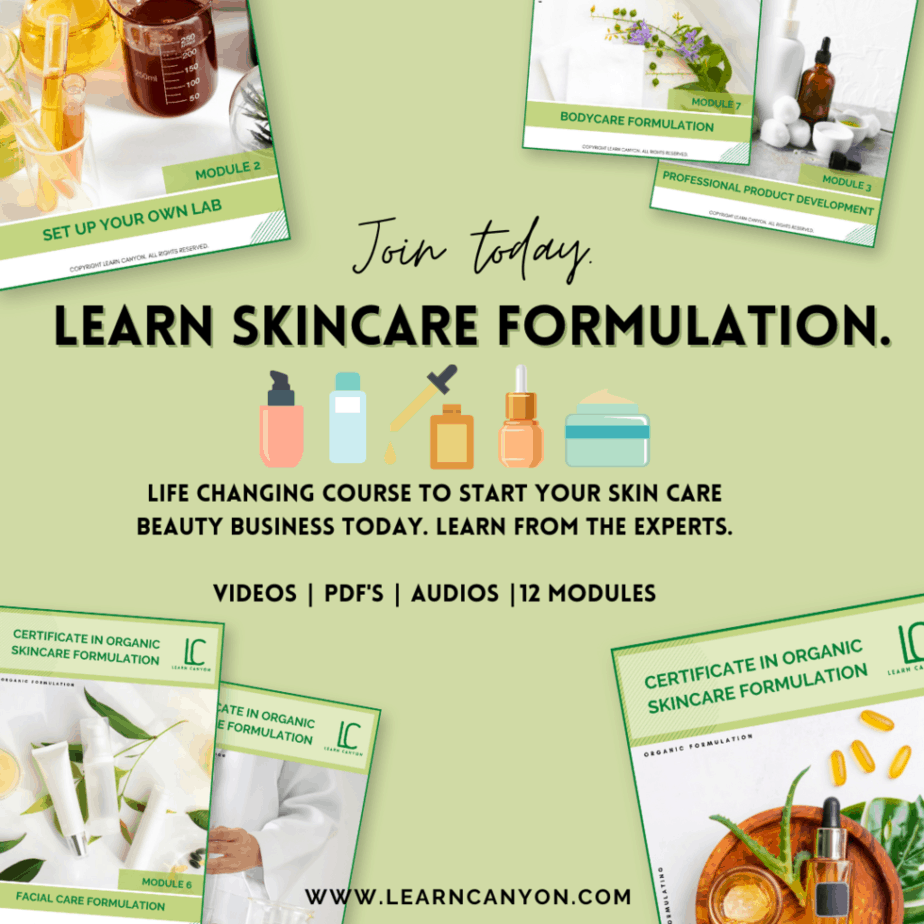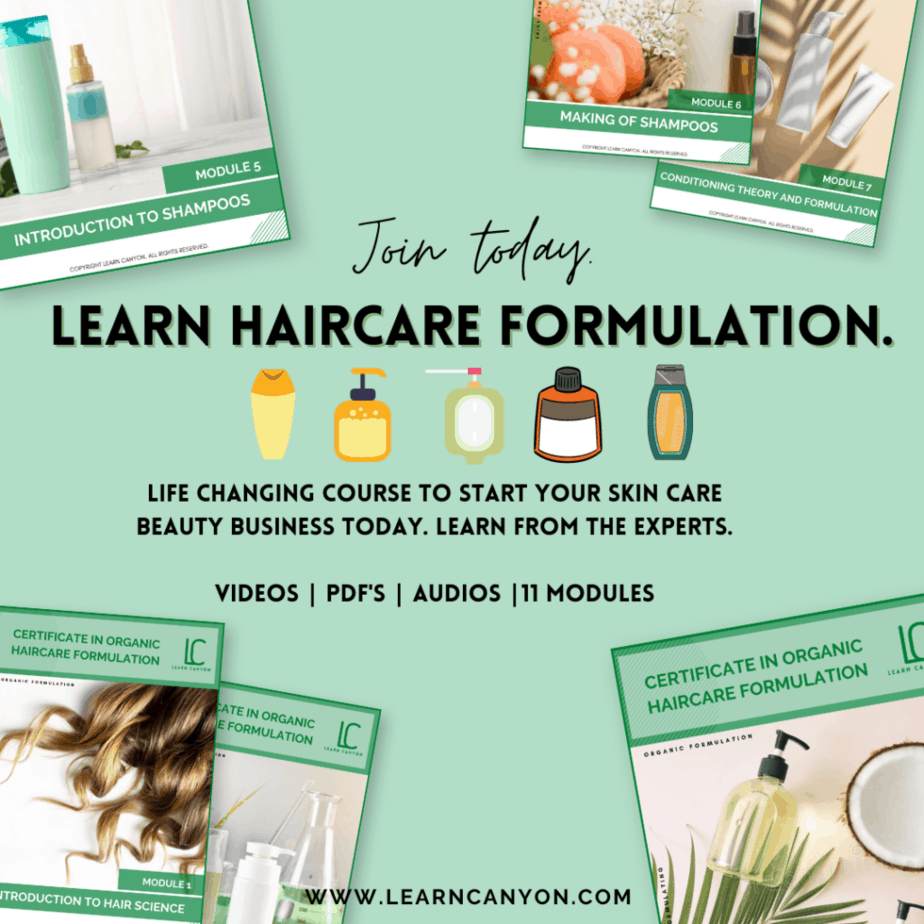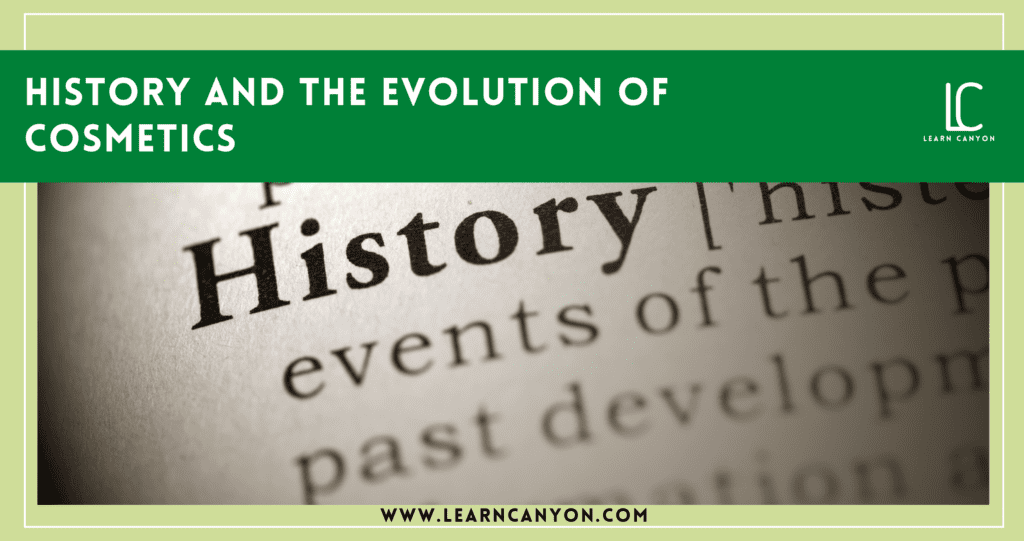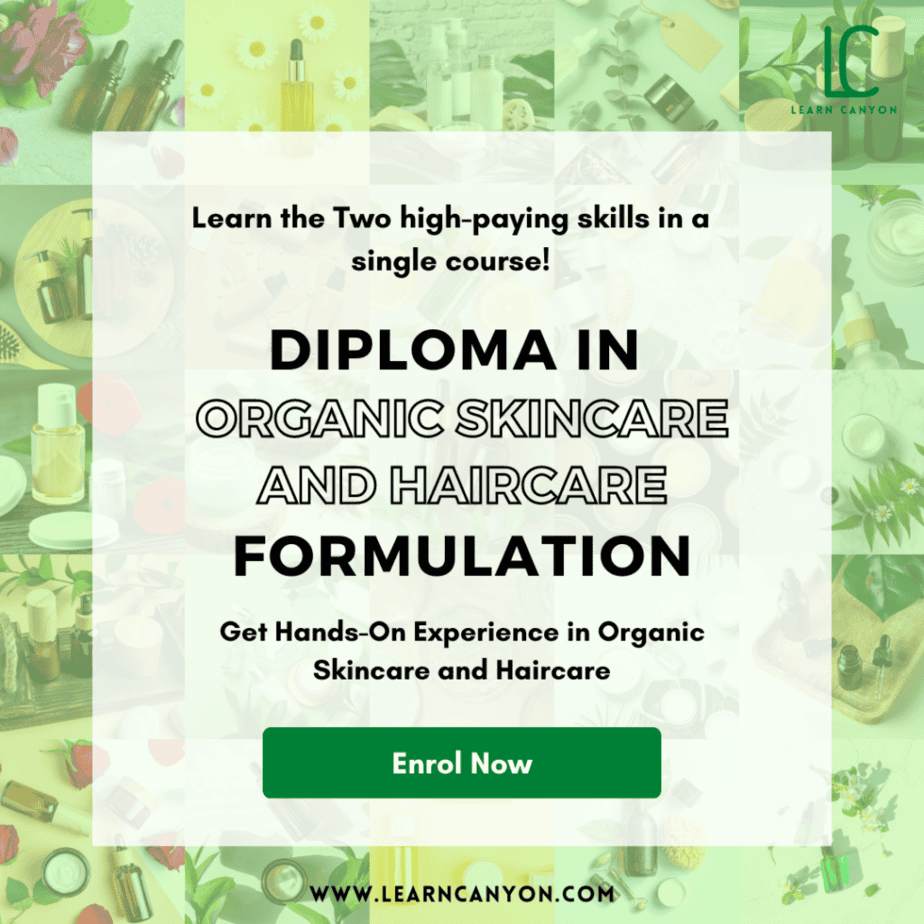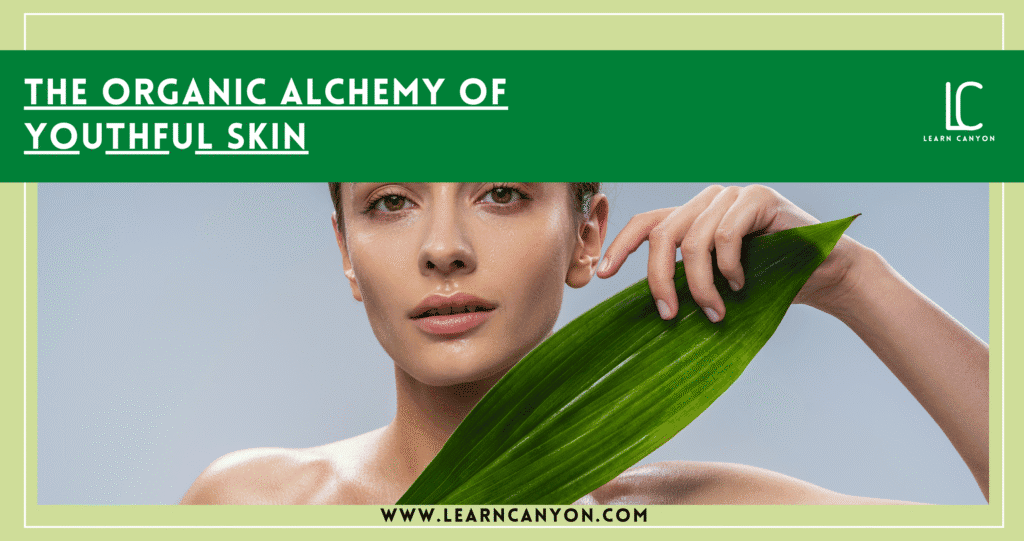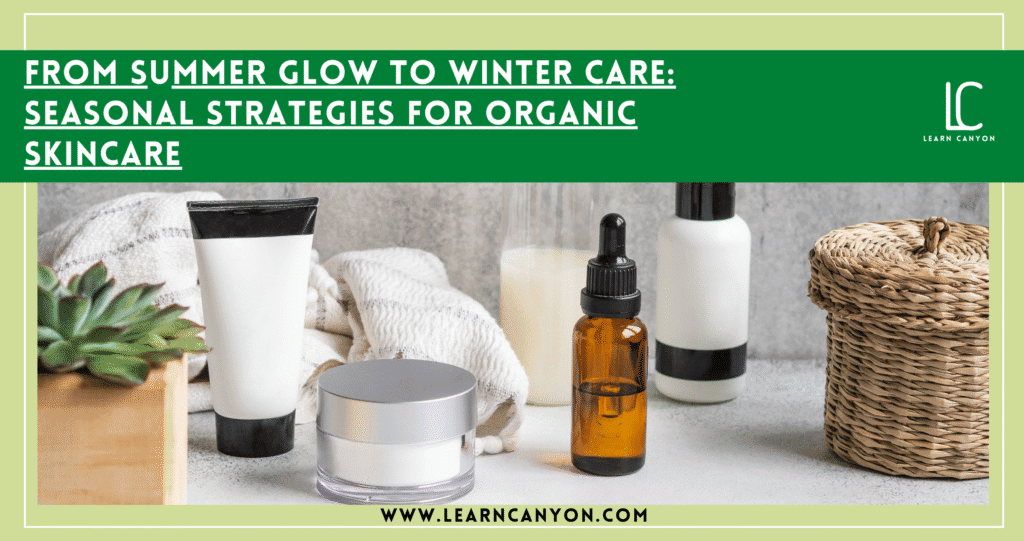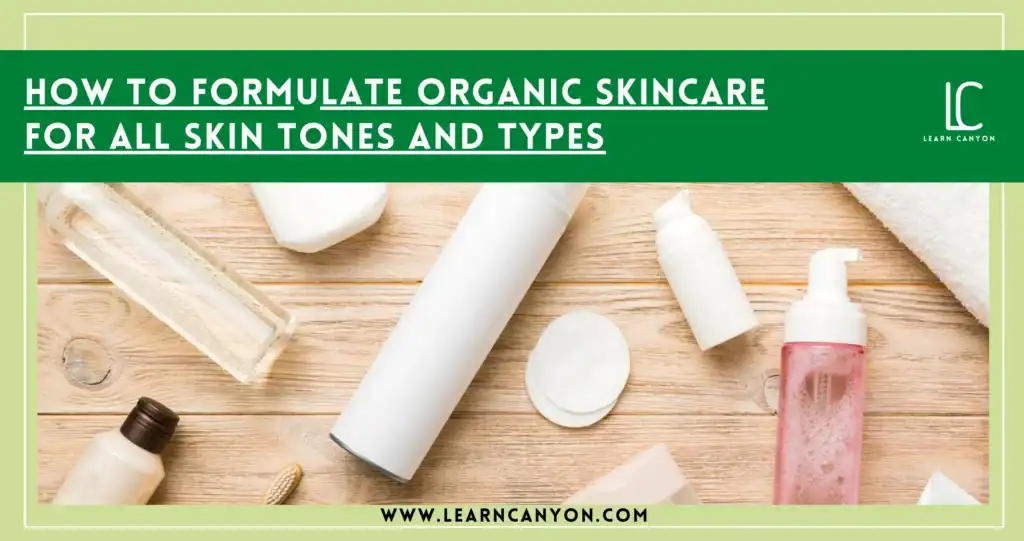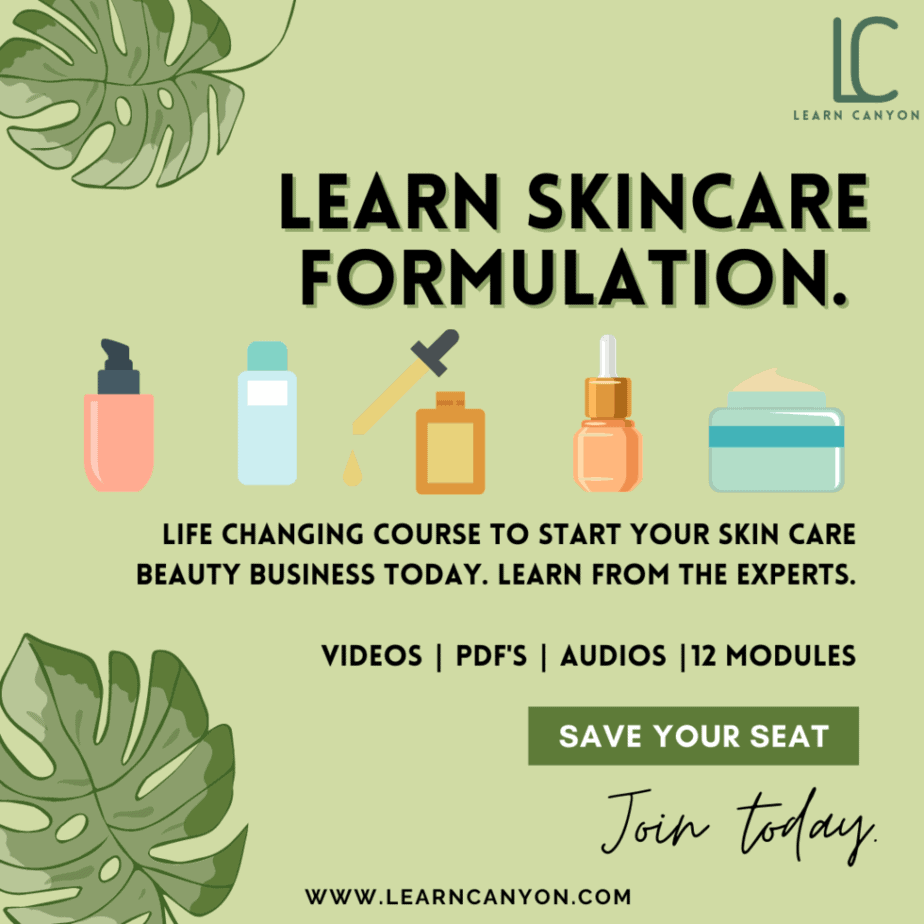When did people start using cosmetics? Even if we look at the history of cosmetics, it is difficult to say when they were first used.
Archaeological excavations confirm their use in the early Stone Age, implying that cosmetics have a very long history.
It is interesting to look at the evolution of cosmetics Formulation in order to understand the constantly changing trends in this field.
Women and men have been wearing cosmetics for centuries, but the styles have changed dramatically. Let us examine the evolution of cosmetics.
Cosmetics were made on a tiny scale in centuries past, usually within the home, village, or local community, before the emergence of today’s personal care giants.
Cosmetic preparations have been made since Ancient Egypt and similar ancient civilisations in India, and among indigenous peoples all over the world for a variety of reasons, such as to adorn, purify and cleanse the body, ease skin conditions, for use in religion, to attract the opposite sex, or to ward off enemies in battle.
In short, cosmetics were used for both personal expressions and as part of community recognition.
These formulations would have been passed down from generation to generation but not always written down, and became part of a group’s identification.
Let’s take a look at how cosmetics evolved
The 1st Dynasty of Egypt has the earliest historical record of cosmetic formulation (c.3100-2907 BC).
Tombs from this period have revealed ointment jars, which were later scented.
The ointment was a substance that both men and women used to keep their skin hydrated and supple and to avoid dryness, and wrinkles caused by the dry heat.
The History of Soap
Soap is a catch-all term for fatty acid salts. The soaps we wash ourselves daily are alkaline salts of C12-C16 fatty acids.
Soap has a very long history and was apparently used for body washing before the time of Christ. Plinius, a first-century scientist, mentioned it in his writings.
Soap production began in the 8th century in the Italian port town of Savona, which gave rise to the French word savon, the English word soap, and the German word seifen. It was later manufactured in Venice and other locations, and a soap industry was established in Marseilles.
The soap produced was the excellent Marsel Soap, made from olive oil and seaweed from the Mediterranean coastal area. The alkali for the soap was created by burning the seaweed.
Following that, continuous improvements were made, and today there is a wide range of soaps available for both household and industrial use.
Solid soap has the longest history as a general skin cleanser and is still widely used today for cleansing the body when taking a bath.
However, demand for it has peaked, and with changing consumer lifestyles and their expanding needs, it is becoming necessary to provide more than just cleansing functions.
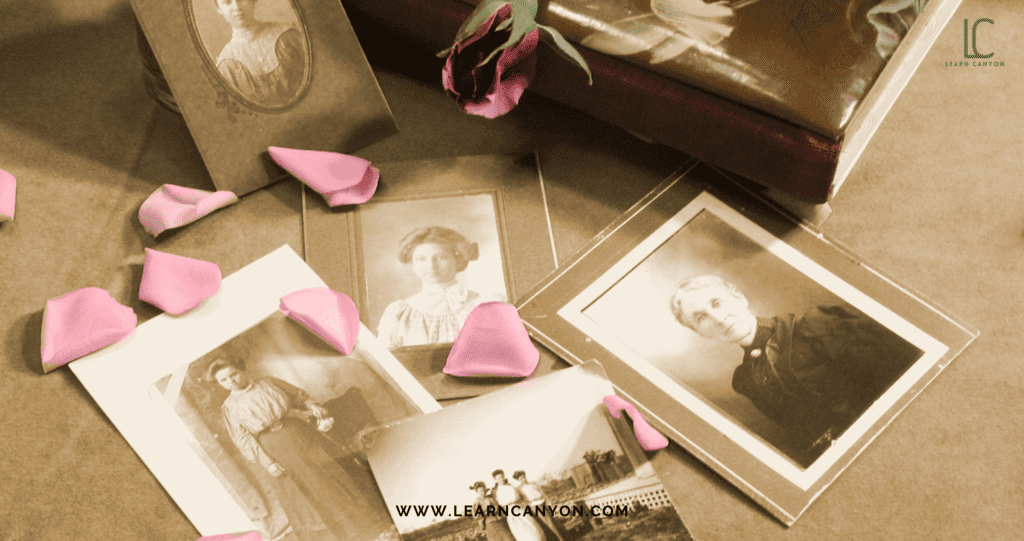
History of cold cream
Cold cream has a long history that dates back to Roman times. It is used for a variety of purposes, including removing dirt and providing an adequate amount of oil to the skin.
It has long been known as cold cream due to the cool sensation it provides when the moisture in it evaporates from the skin.
History of Makeup cosmetics
Cosmetic makeup has a very long history. Chalk was used for whitening the complexion, and Beetroot juice was worn on the lips & cheek.
Women wore white lead and chalk on their faces in Greco-Roman society.
People used to apply natural pigments and other substances to their faces and bodies for protective or religious reasons.
A cosmetic palette for eye makeup dating back to around 10,000 BC has also been discovered at an ancient Egyptian archaeological site. It is thought that the main types of makeup used at the time were eye shadow, eyeliner, and other items for accentuating the eyes.
It was fashionable for women in ancient Rome to whiten their skin, and face powder was used for this purpose.
Rouge was used by all classes of people in the Middle Ages, and kneaded rouge was made for the cheeks and lips. Face powder and rouge were widely used in China, Japan, and other Asian countries.
During the Middle Ages, some people criticised the use of makeup on moral grounds, but by the twentieth century, it had become widely accepted in society.
Organic colours were synthesised and used in lipsticks similar to those used today in the early twentieth century. Manicure liquid, which was still uncommon at the time, was featured in Vogue magazine.
In the 1940s, foundations were developed to replace face powder, giving the skin a beautiful and natural appearance.
Makeup is now available in a wide range of fashion colours, and various products, some with varying utility and others with functions tailored to each season, are being developed.
Read the Article on 5 Things You Should Know About A Cosmetic Formulator
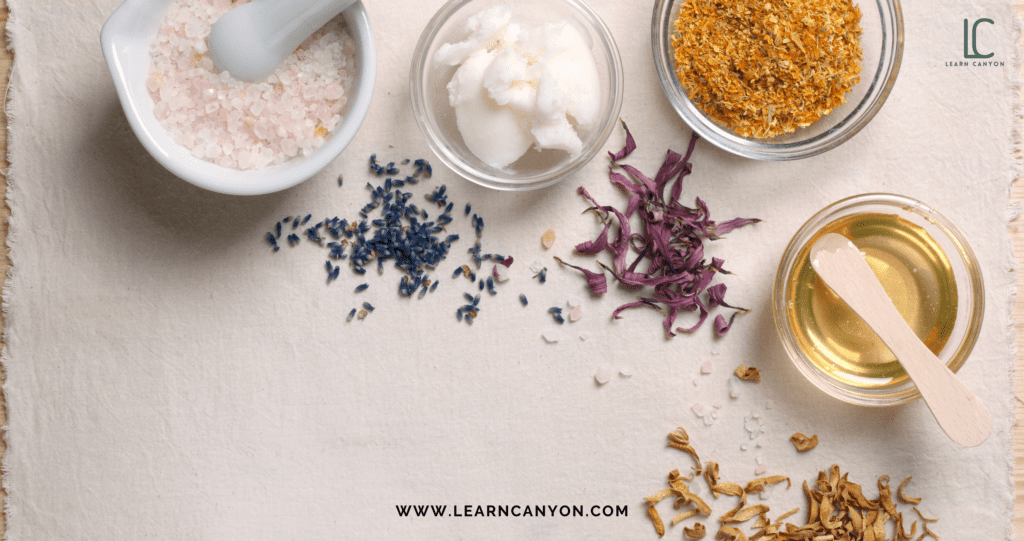
History of Lipsticks
Colors derived from plants were applied to the lips and cheeks during the Greek and Roman empires.
Following that, carmine (cochineal) derived from the cochineal bug (Coccus cati L.) became widely used in Western Europe, and carthamin derived from safflowers became widely used in Japan.
After World War I, the modern stick-form lipstick made of oils, fats, and waxes appeared.
Carmine and carthamin were still used as lipstick colours, but the synthetic colour tetrabromofluorescein has recently been introduced, allowing for the production of long-lasting lipsticks.
Since around 1940, synthetic colours have largely replaced carmine, and lipstick colours that can be coordinated with women’s hairstyles and clothing are now common.
Lipsticks have recently seen many innovations, such as the use of pearly lustre powders to produce a wide range of tones and qualities, and the creation of emulsion types by including water and humectants in the base formula.
History of Eye Make up
Romans widely used cosmetics by the middle of the 1st century AD. Kohl was used for darkening eyelashes and eyelids.
Egyptian women also adorned their eyes with kohl, which was made from antimony (a metallic element) powder, by applying dark green colour to the under the lid and blackening the lashes and upper lid.
History of dentifrices
The first recorded use of toothpaste in human history dates back to 1550 BC in ancient Egypt. It was made up of a combination of flint powder, green rust, green clay, frankincense, and honey.
It is believed that toothpaste made from powdered deer horn, ash of animal bones, powdered pumice stone and marble, honey, and various types of medicinal herbs was used in ancient Rome and Greece and that similar toothpaste was used until the Middle Ages.
Toothpaste similar to modern toothpaste in materials form, and function did not appear until the 18th century and later. Sheffield Toothpaste, which first appeared in the United States in 1850, was the first toothpaste to be packaged in a tube.
Many advances in dentistry and cosmetology have been made in recent years, and research on fluorides and other pharmacological substances has been done, so that toothpaste is now more than just something for cleaning the teeth and mouth; it has become essential for maintaining the oral cavity in a healthy condition by preventing dental caries and periodontal diseases
History of permanent hair waving lotion
Putting waves in one’s hair to adorn oneself was practiced in ancient Egypt as early as 3000 BC, according to records.
This was accomplished by wrapping the hair around a stick, applying clay to it, and allowing it to dry in the sun.
In Greek and Roman times, waves were created in the hair with a heated iron rod, and the same method was used until the nineteenth century.
This type of wave, however, cannot be called permanent because it dissipated quickly.
Nestler, a German scientist, was the first to succeed in creating a permanent wave in 1905. He chemically treated the hair with an alkaline aqueous solution like borax and electrically heated it.
Nestler’s heating apparatus was improved over time, ammonia or ammonium carbonate was used instead of borax, and the “electric perm” was popular in the 1920s. Sartory replaced the heat from electricity with heat from a chemical reaction in 1923.
This method, known as the “machineless wave,” used the heat generated by the hydration of lime. It also catalyzes the development of permanent waving solutions.
Goddard and Michelis used thioglycolic acid salts in 1934, and Speakmann used sodium hydrogen sulfite in 1936 to lower the temperature required for a good wave from around 100°C, which had previously been required for waving, to about room temperature. As a result, the term “cold perm” came to refer to permanent waving.
Then, in the early 1940s, the American McDonough began research on cold permanent waving lotions with thioglycolic acid as the main ingredient, which resulted in the development of a product similar to the one used today.
History of perfumes
The roots of the word “perfume” are “per” which means “through” and “fumum” which means “smoke,” implying that the first perfumes were pleasant odours obtained by burning woods and grass, among other things.
Read the Article on The Story of Perfume by mcgill
The neanderthal man most likely discovered the pleasant smells produced by burning fragrant woods.
Humankind has been searching for plant and animal sources of medicines to relieve sickness and suffering since the beginning of time.
Among these materials, there must have been many fragrant materials that gradually became used as natural perfumes from plants and animals. Medicines and perfumes clearly have the same origins.
The early Romans were the first to appreciate perfume and frequently used rose water after bathing.
The streets of ancient Rome were lined with shops selling perfume.
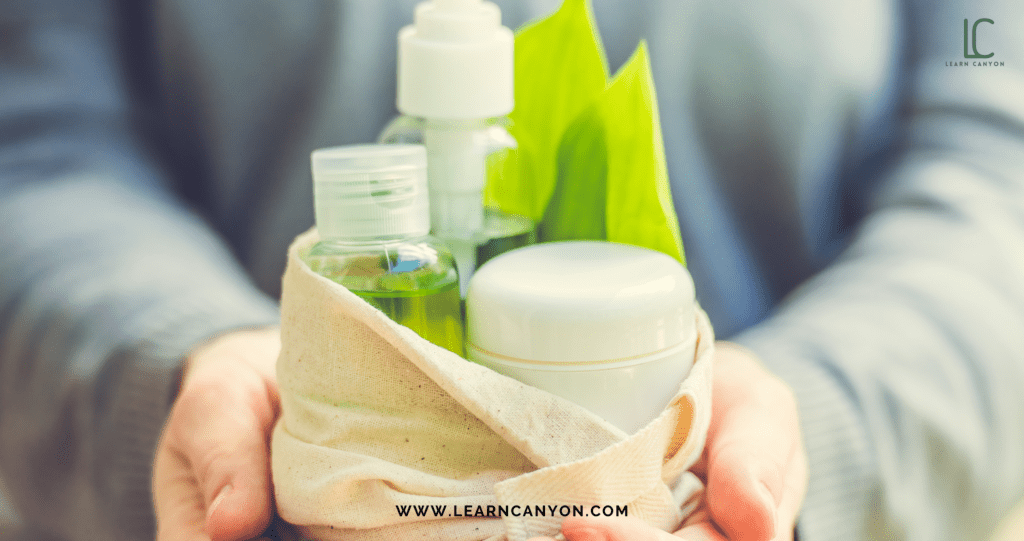
Many cultures shared the tradition of making prayers to their gods by burning fragrant herbs and woods with the establishment of the early states. Regardless of region or season, most people desired to use pleasant perfumes made from fragrant flowers and fruits.
Two Islamic alchemists invented steam distillation methods and discovered how to concentrate and separate ethyl alcohol in the 11th century, which played an essential role in the development of perfume culture.
In terms of perfumes, the medieval period was a “Dark Ages” period, with little known about their use except that some medicinal plants were grown in monastery herb gardens.
The technology for manufacturing natural perfumes was developed in the 17th and 18th centuries; progress in the synthesis of aroma chemicals was made in the late 19th century; and the 20th century brought a wealth of fragrances and perfumes.
History of hair dye
Natural plant or mineral dyes were used to colour hair in ancient Egypt around 3000 BC. Persian women used henna dyes to stain their hair.
To prevent grey hair, four ounces of butternut hulls were infused with a quart of water, to which half an ounce of copperas was added.
This was to be applied every two to three days with a soft brush.
With the discovery of para phenylene diamine in the latter half of the nineteenth century, oxidation hair colours that are widely used today were developed. Until the end of the nineteenth century, “shiragazome” (dying grey hair black with tannic acid and iron salts) was practised in Japan.
Following that, hair colouring agents containing para phenylene diamine began to be used in Japan.
In oldest recognized formulation by an Egyptian named Edwin Smith papyrus titled “Transforming an old man into a youth”.
Stanley Jacobs, a dermatologist in the United States, had the formulation tested and discovered that it contained mandelic acid derived from bitter almonds.
Today, we use mandelic acid as a natural alpha-hydroxy acid (AHA) an exfoliant to encourage cell renewal to improve, particularly the appearance of mature skin.
Jacobs later patented papyrus knowledge and now has a successful skincare line based on this discovery.
From the 1930s to the 1950s, various movie stars served as models for current makeup trends.
Remember Audrey Hepburn’s cat eyes, which were sharply defined?
From white lips and Egyptian-lined eyes to painted images on faces, the ’60s and hippies brought a more liberated makeup look.
Heavily lined eyes were popular in the 1970s and 1980s, with a variety of eye shadow colours. Today’s fashion appears to have reverted to a more natural look, with a fusion of styles from the past.
In today’s world, a woman can choose from literally hundreds of cosmetics in a wide range of colours and uses.
Options for a younger appearance range from simple skin hydration and rejuvenators to chemical skin peels, the now-popular Botox, collagen injections, and the more drastic surgical facelift. It is critical to consider one’s inner beauty as the true beauty of a woman.
Conclusion
No matter how drastic the measures are taken, outer beauty will not last forever. “The eyes are the windows to the soul,” as the saying goes.
Examine your own orbits, assess the woman inside, and be gratified with who you are.
This will reflect on your attitude toward life, which will send a message to others and be reflected back to you through their reactions to the beautiful you.
Of course, many questionable ingredients have been used in cosmetics over the centuries. Still, the fundamental principles of formulation remain: emulsification, solubilisation, gelling, warm blending, whipping, distillation, enfleurage, preservation, and so on are all time-honoured techniques used today by cosmetic chemists and home formulators.
Gratefully, we now have a better understanding of which ingredients we should and should not use, though scientific research to back up traditional knowledge is still lacking.
It’s incredible to think that the Ancient Egyptians were aware of the rejuvenating properties of bitter almond extract.


